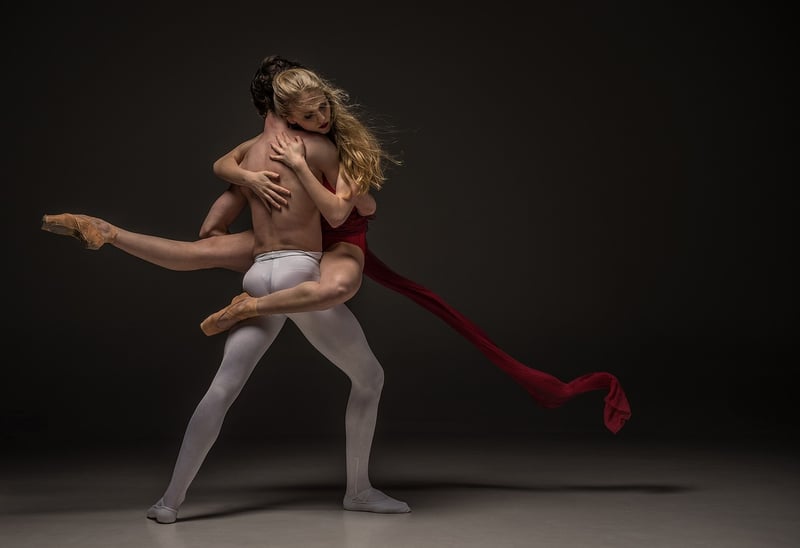Contemporary Dance
Exploring Expressive Movement Forms in Contemporary Dance
Contemporary dance is a dynamic and expressive art form that blends elements of various dance styles, allowing performers to communicate emotions and ideas through movement. In this article, we will delve into the world of expressive movement forms within contemporary dance, exploring how dancers use their bodies to convey powerful messages and connect with audiences on a deep, emotional level.
The Art of Improvisation
One of the key components of contemporary dance is improvisation, where dancers explore movement spontaneously, relying on their creativity and intuition. This form of expression allows dancers to break free from traditional choreography and discover new ways of moving that are unique to each individual.
Release Technique
Release technique is another important aspect of contemporary dance, focusing on the concept of letting go of tension and allowing the body to move freely and organically. Dancers use breath, gravity, and momentum to create fluid and effortless movements that flow through space with ease.
Exploring Space and Dynamics
Contemporary dancers often play with the use of space and dynamics to create visually captivating performances. They may move through different levels, directions, and pathways, exploring the full range of motion available to them. By manipulating speed, energy, and intensity, dancers can convey a wide range of emotions and moods.
Emotional Connection
At the heart of expressive movement forms in contemporary dance is the ability to establish a strong emotional connection with the audience. Dancers use their bodies as a means of communication, expressing feelings of joy, sorrow, love, and anger through movement that is raw, authentic, and deeply personal.
Integration of Technology
In the modern age, technology has also found its way into the realm of contemporary dance, offering new possibilities for creative expression. Dancers may incorporate multimedia elements, such as projections and interactive visuals, to enhance their performances and create immersive experiences for the audience.
Conclusion
Expressive movement forms in contemporary dance open up a world of creativity and innovation, allowing dancers to push the boundaries of traditional dance and connect with audiences in profound ways. By embracing improvisation, release technique, spatial exploration, emotional connection, and technological advancements, contemporary dancers continue to evolve the art form and inspire audiences around the globe.

Join us on this journey through the expressive world of contemporary dance, where movement becomes a powerful language that speaks to the soul.
